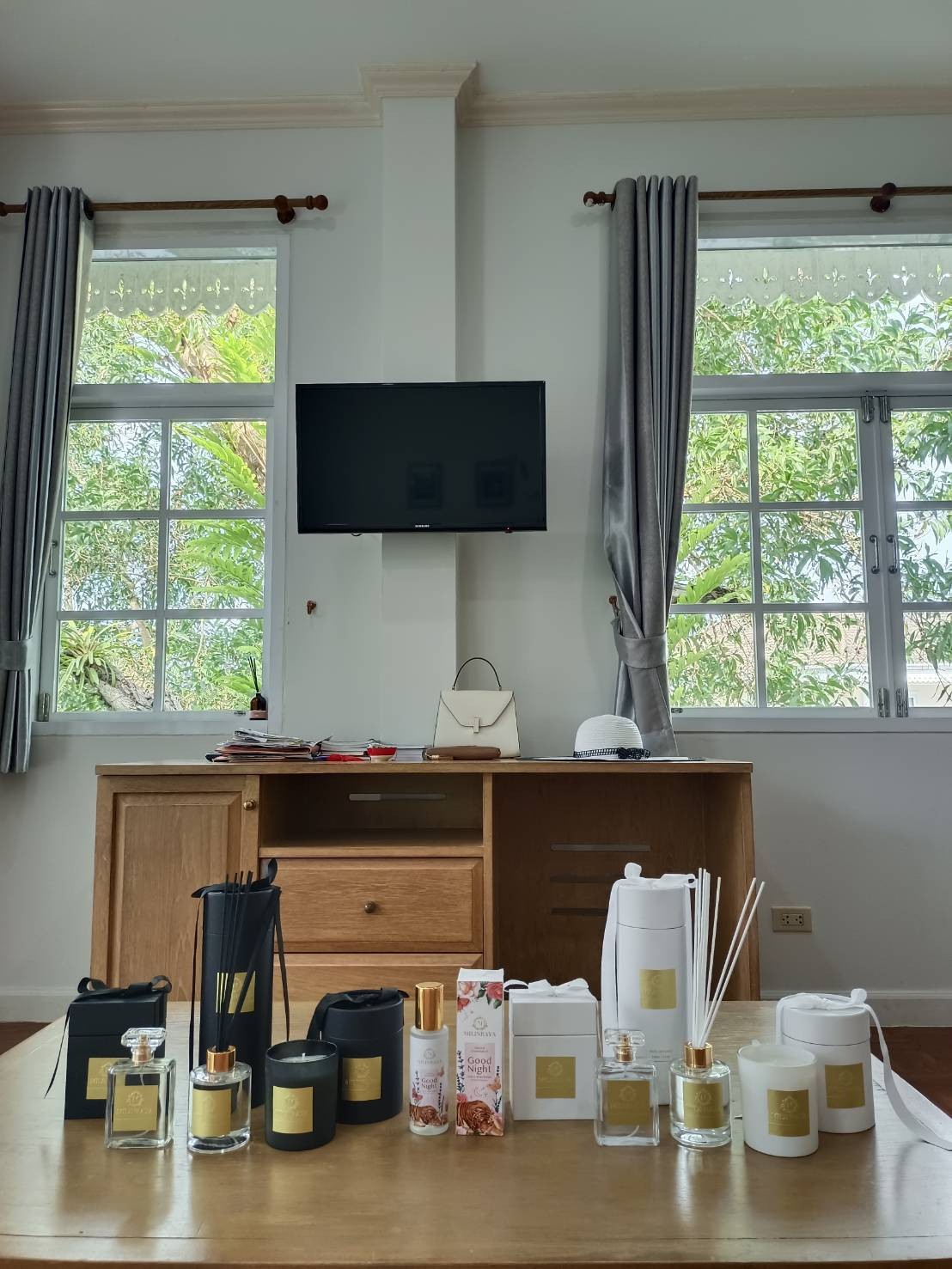Mixed-Use Development: A Trend in Urban Planning

Mixed-use development is a type of urban planning that combines two or more uses, such as residential, commercial, institutional, or recreational, into one building or neighborhood. Mixed-use developments can range in size and complexity, from a small storefront building with apartments above to a large-scale development with a mix of housing, offices, retail, and green spaces.
Benefits of Mixed-Use Development
Mixed-use development offers a number of benefits for both residents and communities. For residents, mixed-use developments can offer a more convenient and livable lifestyle. Residents can live, work, shop, and recreate all within walking distance, which can save time and money. Mixed-use developments can also foster a stronger sense of community by providing opportunities for people to interact and connect with each other.
For communities, mixed-use development can help to revitalize neighborhoods, create jobs, and reduce traffic congestion. Mixed-use developments can also help to promote sustainable development by reducing the need for private vehicles and encouraging people to walk, bike, or take public transportation.
Examples of Mixed-Use Development
There are many examples of successful mixed-use developments around the world. Some notable examples include:
- Water Tower Place in Chicago, Illinois: This mixed-use development features a 78-story skyscraper with hotel, office, and retail space, as well as a 78-story residential tower.
- Battery Park City in New York City, New York: This 92-acre mixed-use development includes over 13,000 residential units, 10 million square feet of office space, and 1 million square feet of retail space.
- Celebration, Florida: This planned community was designed to be a walkable, mixed-use community with a variety of housing options, shops, restaurants, and community amenities.
Trends in Mixed-Use Development
The trend of mixed-use development is continuing to grow, as more and more people are drawn to the convenience and livability of mixed-use communities. Some of the key trends in mixed-use development include:
- A focus on sustainability: Mixed-use developments are increasingly being designed with sustainability in mind. This includes features such as energy-efficient construction, green roofs, and rainwater harvesting systems.
- A focus on walkability and public transportation: Mixed-use developments are often designed to be walkable and bikeable, with easy access to public transportation. This helps to reduce traffic congestion and create a more livable community.
- A focus on community building: Mixed-use developments are often designed to foster a sense of community by providing opportunities for people to interact and connect with each other. This can be done through features such as shared green spaces, community centers, and public art.
Conclusion
Mixed-use development is a trend in urban planning that is gaining popularity due to its many benefits for both residents and communities. Mixed-use developments can offer a more convenient and livable lifestyle, foster a stronger sense of community, and revitalize neighborhoods. As the trend of mixed-use development continues to grow, we can expect to see more and more innovative and sustainable mixed-use communities being built around the world.

